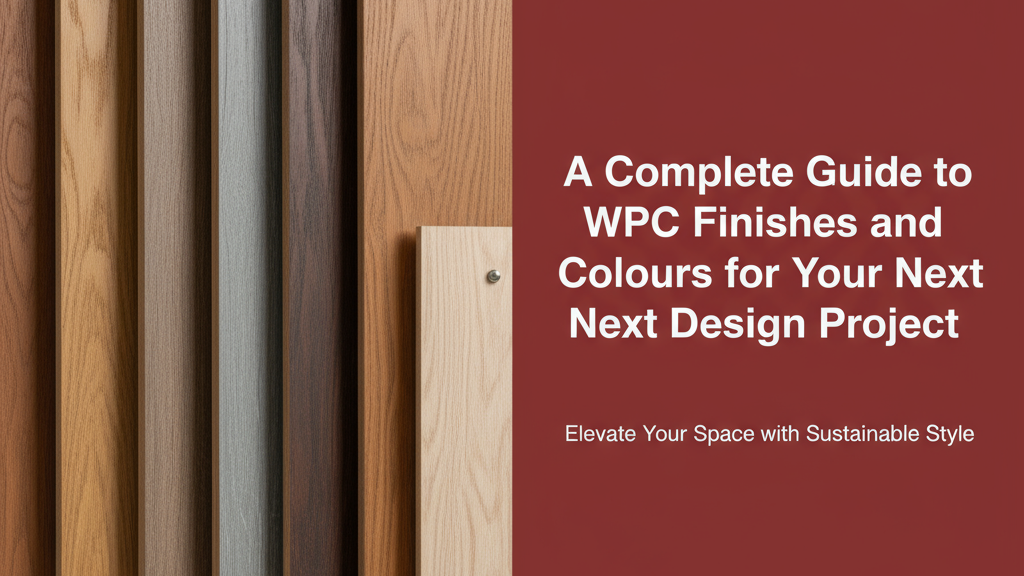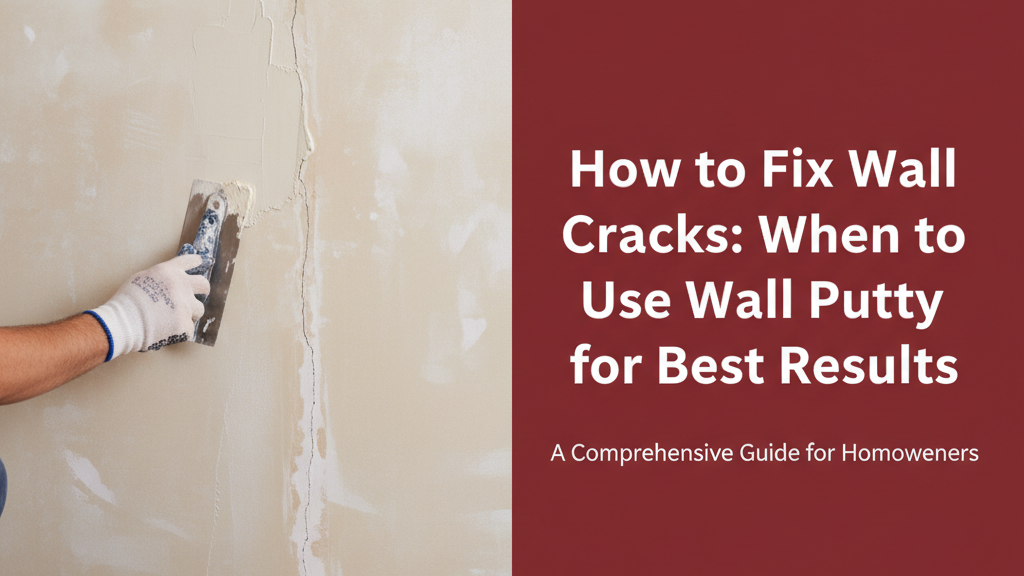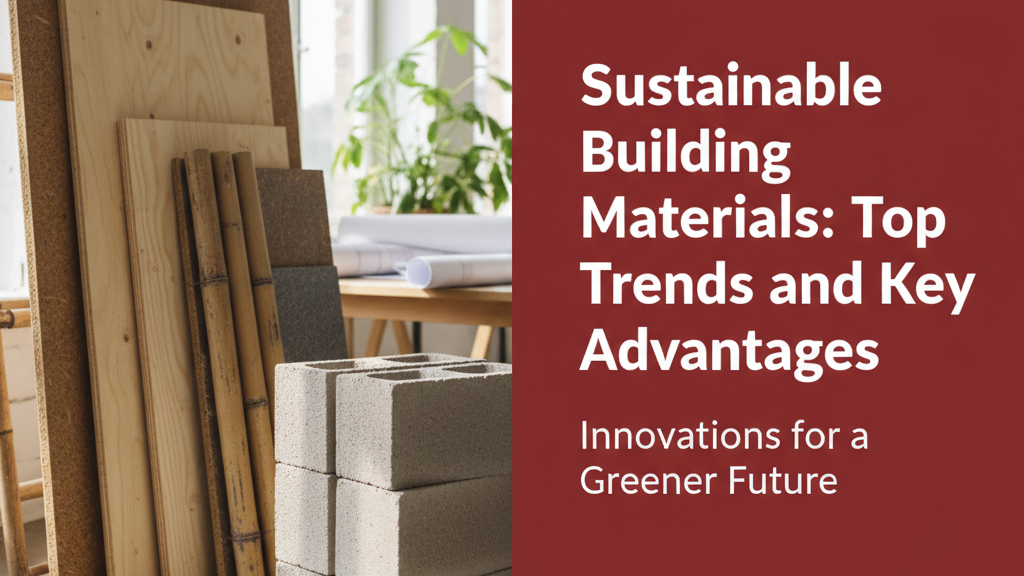Introduction to WPC Finishes and Colours
Wood-Plastic Composite (WPC) has become a preferred material for architects and homeowners seeking durable, low-maintenance alternatives to traditional wood. Beyond its structural benefits, WPC offers versatile aesthetic options through its range of finishes and colours. This guide explores the design possibilities with WPC, helping you make informed choices for your next project.
Popular Types of WPC Finishes
WPC manufacturers typically offer three primary finish categories, each creating distinct visual and tactile effects:
Textured Finishes
These mimic natural wood grain patterns with realistic ridges and grooves. Textured WPC provides:
- Enhanced slip resistance (particularly useful for decking and outdoor steps)
- Better camouflage for minor scratches compared to smooth surfaces
- Authentic wood-like appearance from medium viewing distances
Smooth Finishes
Flat-surfaced WPC offers a contemporary, refined look with:
- Easier cleaning (no grooves for dust accumulation)
- Modern aesthetic suited to minimalist designs
- Consistent colour presentation across panels
Embossed Finishes
A specialised texture category that includes:
- Deep wood grain patterns for high-end replication of teak or oak
- Geometric designs for contemporary architectural applications
- Customisable patterns for branded commercial projects
Colour Options Available in WPC
Modern WPC colour ranges cater to diverse design preferences:
Neutral Tones
The most versatile category includes:
- Classic greys (from pale silver to charcoal)
- Warm beiges and creams
- Soft whites with undertones matching regional architectural styles
Wood-Look Colours
Advanced pigmentation techniques create convincing wood simulations:
- Golden teak variants with grain patterns
- Walnut-inspired deep browns
- Ash wood greys with subtle figuring
Bold and Contemporary Hues
For statement-making applications:
- Rich burgundies for accent walls
- Deep forest greens blending with landscape designs
- Weather-resistant dark blues for coastal properties
How to Choose the Right Finish and Colour for Your Project
Factors to Consider
Key decision drivers include:
- UV stability: Darker colours generally show less fading in tropical sunlight
- Thermal properties: Lighter shades reflect heat better in hot climates
- Surface wear: Textured finishes better disguise foot traffic patterns
Matching with Existing Décor
Practical approaches for cohesive design:
- Sample comparison under both natural and artificial lighting
- Accounting for seasonal vegetation changes in outdoor applications
- Considering adjacent materials’ textures (stone, metal, glass)
Climate and Maintenance
Region-specific recommendations:
- High-rainfall areas: textured finishes prevent slippery surfaces
- Dust-prone regions: smooth finishes simplify cleaning
- Coastal projects: select colours with salt-resistant pigments
Conclusion
WPC’s evolving finish and colour technologies offer design flexibility without compromising on durability. Whether replicating traditional wood aesthetics or pursuing contemporary looks, understanding these options helps create spaces that balance visual appeal with practical performance. The right selection depends on your specific environmental conditions, maintenance preferences, and design vision.




